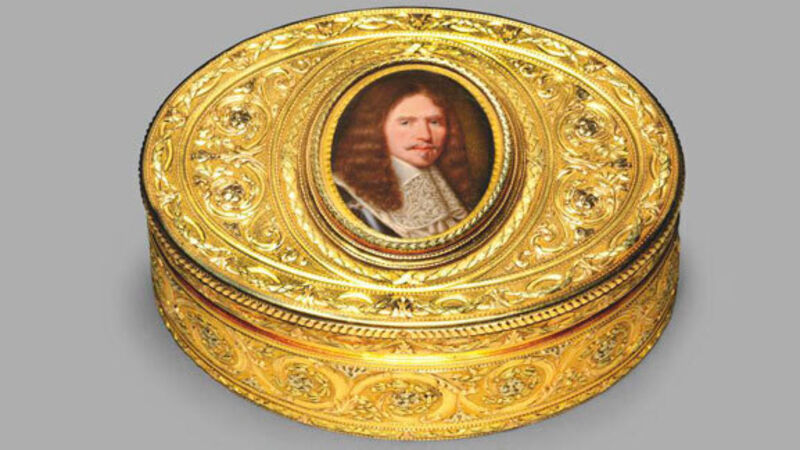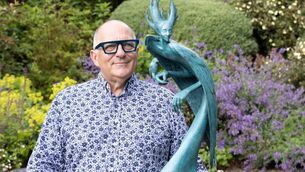Vintage view: Snuff

Authentic Asian snuff bottles and 18th century gold snuff boxes are among the most beautiful of small antiques. What a pity they are linked to such a gory little practice.
Despite the popular histories declared at their homes and haunts, neither Christopher Columbus nor Walter Raleigh ‘discovered’ tobacco. By the time it was mentioned in the explorer’s logs on October 15, 1492, it had been smoked, sniffed and chewed by the peoples of the warmer Americas for thousands of years. European sailors were long enjoying a smoke before Raleigh ever lit up.













